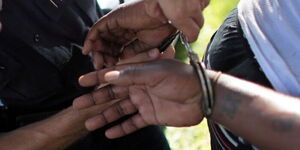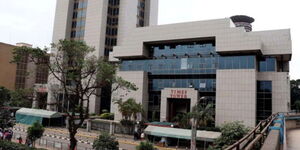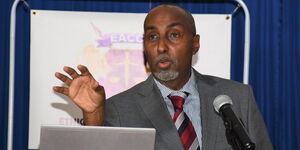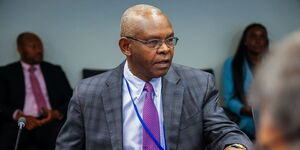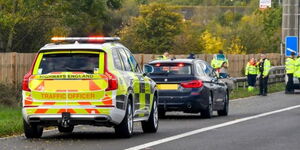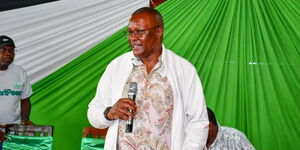It can strike suddenly without a warning, a bent face, a weakened arm, or difficulty in speech, a disease that could potentially change your life forever. Stroke.
Often referred to as a silent killer, stroke remains one of the leading causes of disability and mortality globally. According to the World Stroke Organization, over 6.5 million people globally die from stroke each year.
According to the World Health Organization (WHO) report released last year, stroke was among the top ten neurological conditions that are the leading cause of ill health and disability worldwide, with low- and middle-income countries bearing the brunt.
Despite the high mortality and disability rate, public awareness of stroke remains very low. So, what exactly is stroke disease, and how does it happen?
Stroke disease, whose name originates from the sudden, often dramatic, way it strikes a person, is a neurological disease that occurs when blood flow to a part of the brain is reduced, or cut off, which in turn prevents the brain from getting enough oxygen and the nutrients it requires to operate effectively.
There are three main types of stroke: Ischemic stroke, hemorrhagic stroke, and transient Ischemic Attack, which is also commonly known as a "ministroke". These strokes are very different, and their symptoms and treatment vary according to the type.
Ischaemic stroke
This is the most common type of stroke, accounting for approximately 87 percent of all stroke cases. The stroke occurs when a blood clot, or fatty deposits, builds up in one of the arteries delivering blood to the brain.
Some symptoms of this type of stroke include sudden weakness, especially on one side of the body, trouble speaking or understanding speech, vision problems, dizziness, loss of balance or coordination, severe headache, and loss of consciousness.
Risk factors that can increase the likelihood of this type of stroke include high blood pressure, high cholesterol, diabetes, heart conditions, and lifestyle choices such as smoking, lack of physical activity, and poor diet.
Medics can manage this stroke by administering several techniques and medications to ensure the restoration of blood flow to the brain. Medics can either administer Thrombolytics (tPA) medications or antiplatelet drugs, which break up clots and prevent further clots, respectively.
Haemorrhagic Stroke
On the other hand, the Haemorrhagic stroke occurs when a blood vessel bursts in the brain tissue, which in turn damages brain cells and tissue due to the increased pressure from the blood and lack of oxygen and tissue.
Some causes of this type of stroke include high blood pressure, weak spots in blood vessels, head injuries, and bleeding disorders.
Some of the symptoms of this type of stroke include severe headache, weakness in one side of the body, difficulty speaking, vision problems, loss of balance, seizures, and loss of consciousness.
Some of the treatment options that are vital to control this stroke of this stroke include the administration of medications that reduce blood pressure and swelling, surgery, and rehabilitation, which helps patients recover from the effects of the disease.
Transient Ischemic Attack (TIA) or "ministroke"
This stroke often serves as a warning that a more advanced stroke will strike in the future. The condition is a brief episode of neurological dysfunction caused by a temporary blockage of blood flow to the brain. More often than not, the symptoms of this kind of stroke, which are very similar to those of Ischaemic stroke, disappear completely within 24 hours.
However, even if symptoms disappear within a short period, individuals who experience them are strongly advised to seek medical assistance to prevent it from culminating in an advanced type of stroke in the future.
How to Spot a Stroke
For one spot and quickly respond to a stroke, health experts recommend the "FAST method," which is a simple way to remember the signs of stroke and how to respond during an emergency.
F (Face) ask the person to smile and confirm whether one side bends. A(Arms), ask the person to raise both arms and confirm whether they drift downwards or are weak. S(Speech) direct the person to repeat simple sentences and check whether the speech is slurred or difficult to understand, and lastly, T(Time) call the emergency services immediately after you observe the symptoms.
Stroke is not completely curable because the damaged brain tissue cannot be fully regenerated; however, it is highly treatable. Stroke survivors can attain significant recovery and regain lost function through timely medical intervention and rehabilitation.
To avert the risk of stroke, a person is encouraged to focus on managing modifiable risk factors through lifestyle including maintaining a healthy diet, engaging in regular physical activity, controlling blood pressure and cholesterol, quitting smoking, and limiting alcohol intake.


